2Department of Gastroenterology, Istanbul University-Cerrahpasa, Cerrahpasa Faculty of Medicine, Istanbul, Türkiye
Abstract
Differentiating inflammatory bowel disease (IBD) from other gastrointestinal inflammatory conditions is essential for accurate diagnosis and effective management. This review examines various infectious, ischemic, drug-induced, and rare pathologies that can mimic IBD both clinically and histologically. Intestinal tuberculosis (ITB) presents a significant diagnostic challenge due to its resemblance to Crohn’s disease, particularly in the ileocecal region. Infectious agents, such as Yersinia and cytomegalovirus (CMV), as well as drug-induced enteropathies, especially those caused by nonsteroidal anti-inflammatory drugs (NSAIDs), can produce symptoms and morphologies similar to IBD.
Advanced diagnostic tools, including tissue polymerase chain reaction (PCR), specialized histological staining, and imaging techniques, are recommended to identify distinctive features, such as granulomas in ITB or vasculitic involvement in systemic vasculitis. Monogenic disorders, Behçet’s disease, and gastrointestinal vasculitis must also be considered, particularly in cases unresponsive to standard treatments. Differentiating factors such as symptom duration, endoscopic findings, and associated systemic signs play a critical role in guiding a precise diagnosis.
An accurate assessment, supported by a multidisciplinary approach, improves clinical outcomes by ensuring the appropriate treatment for conditions that resemble IBD but have distinct therapeutic requirements.

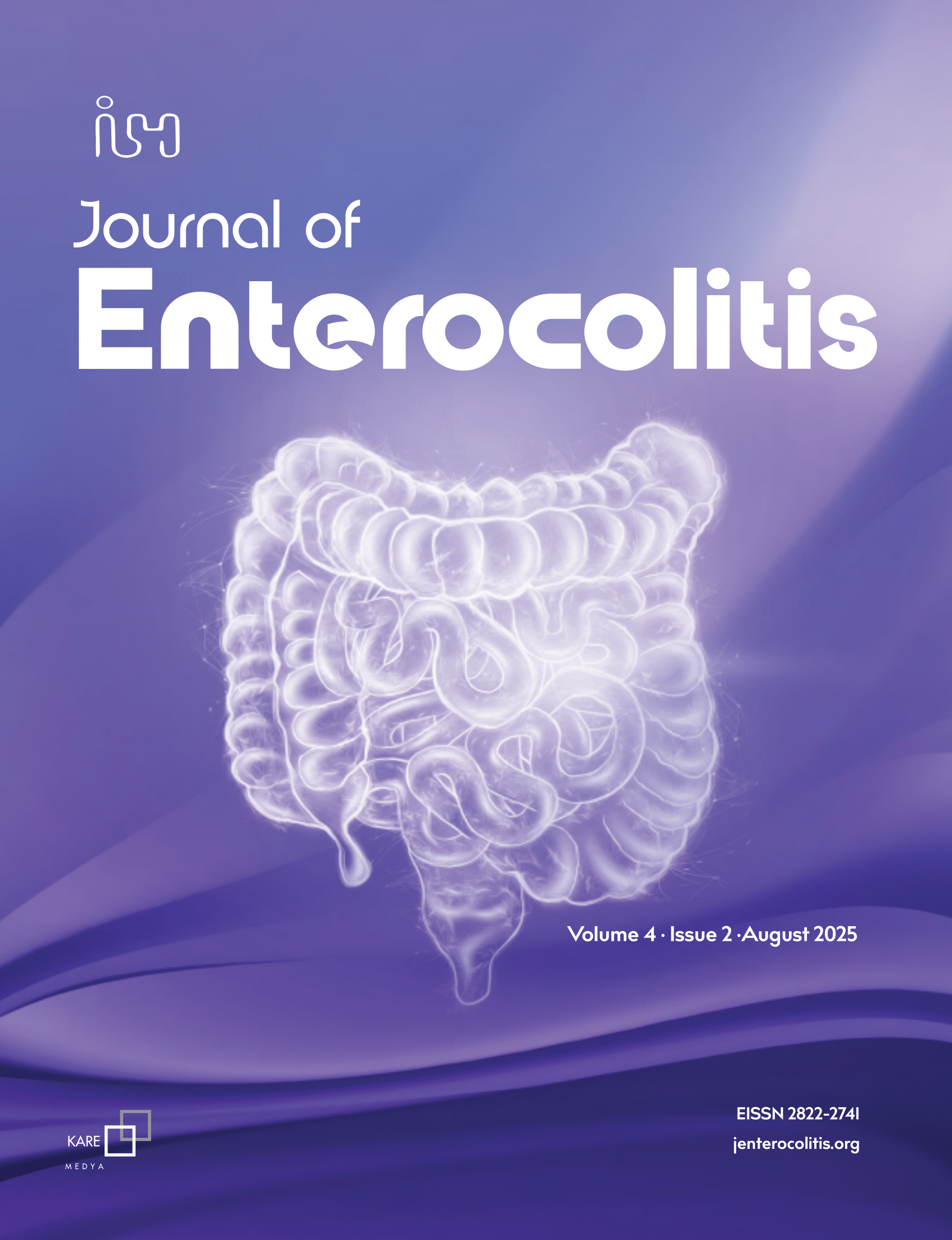
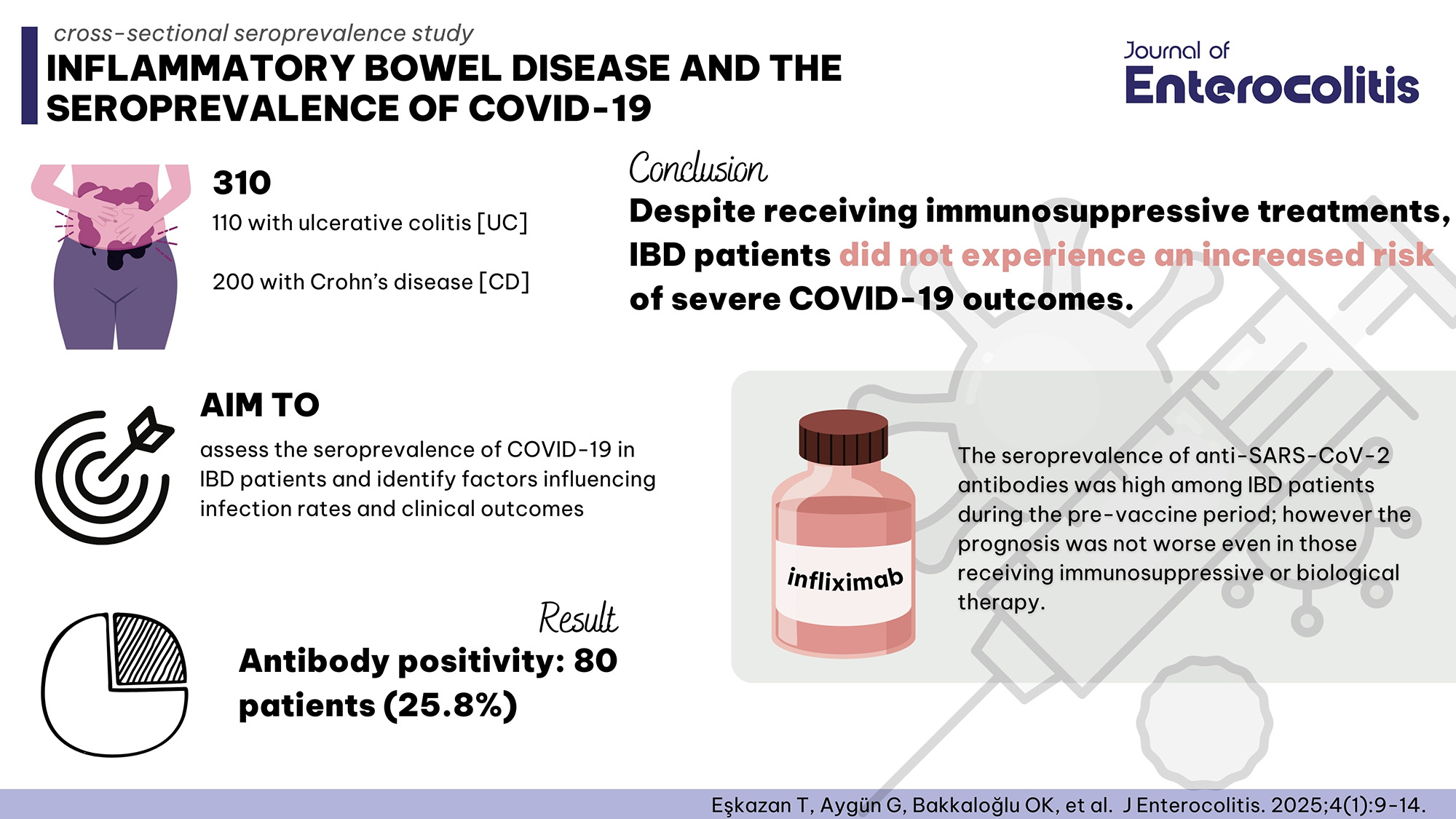
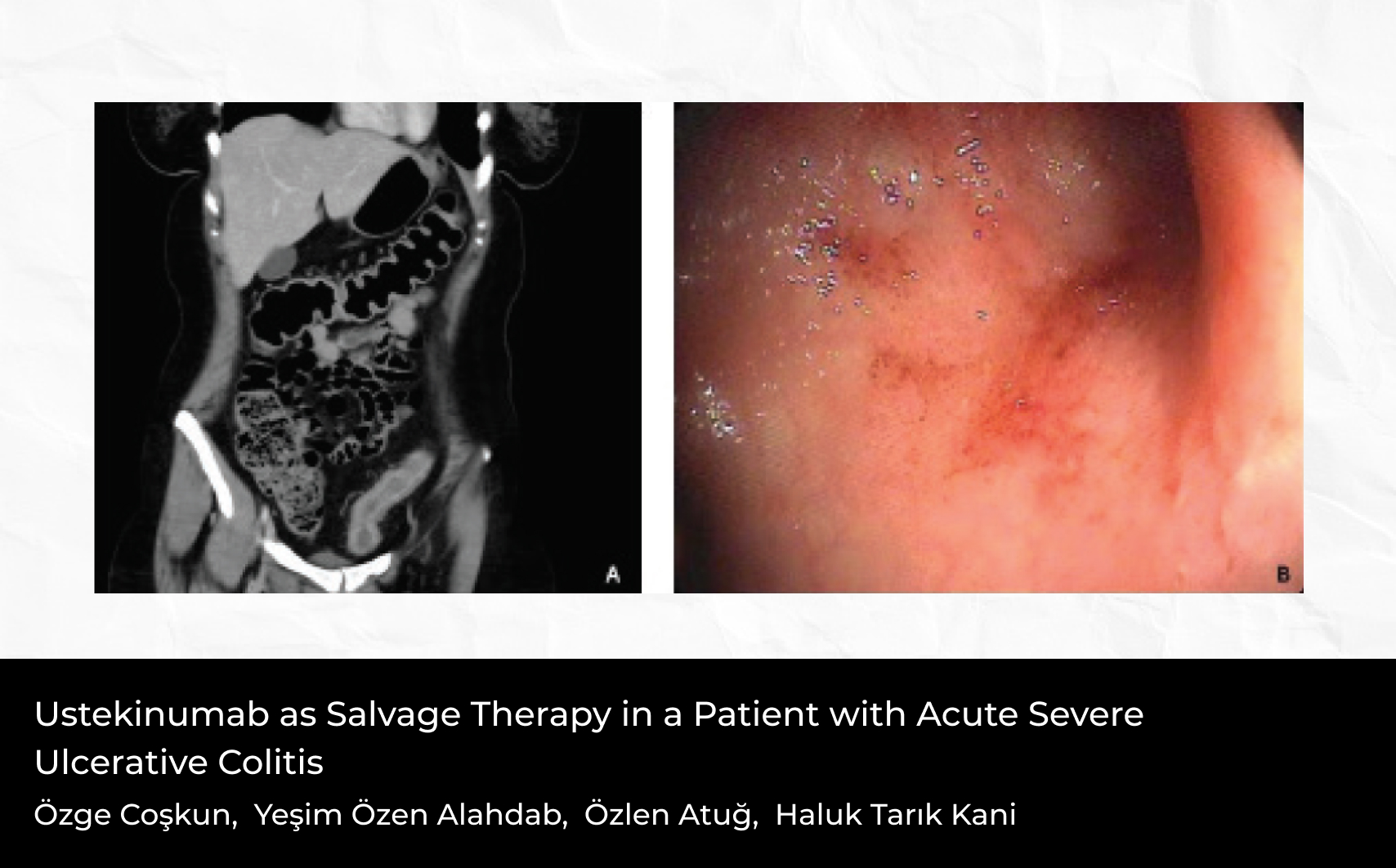

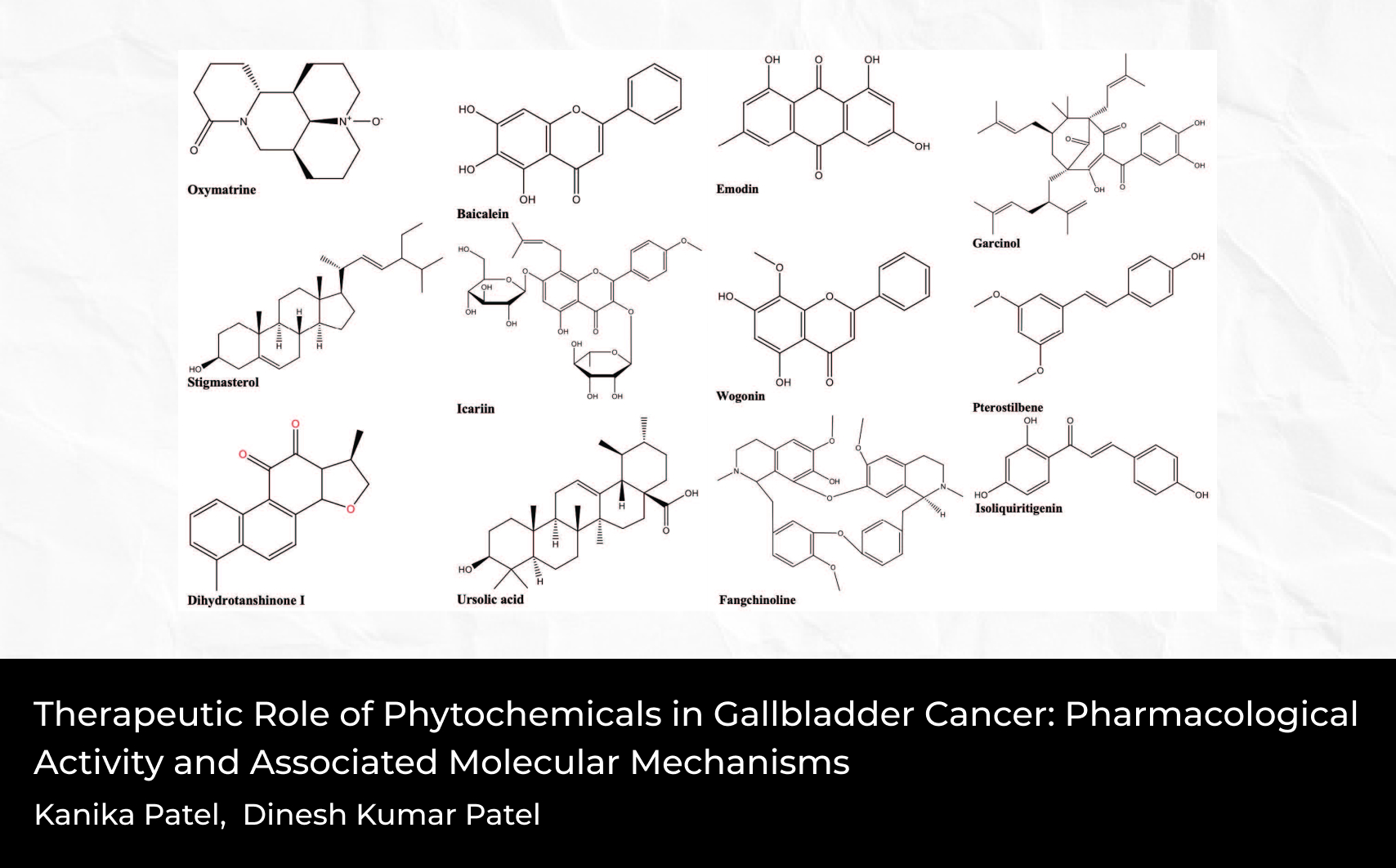
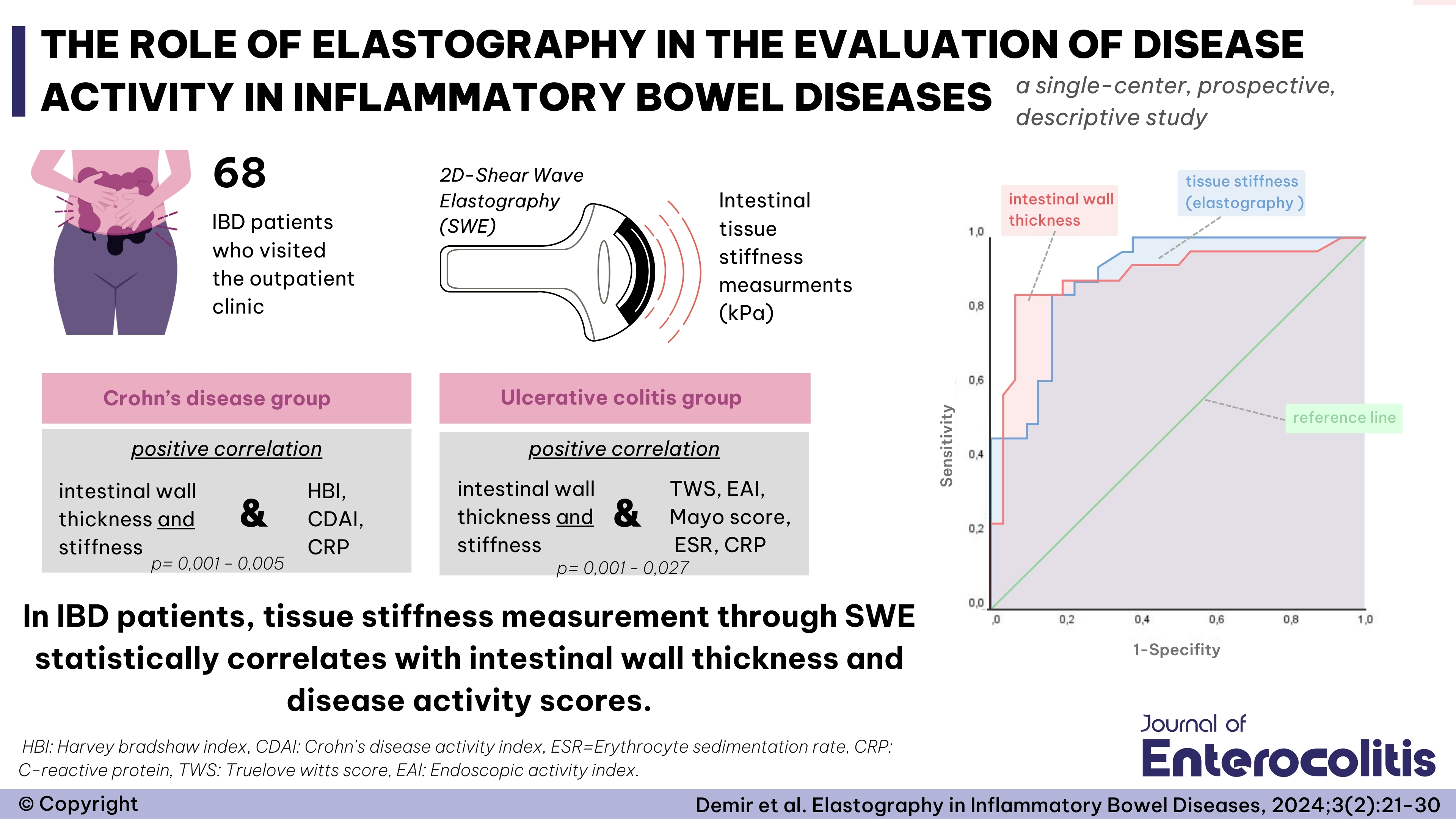
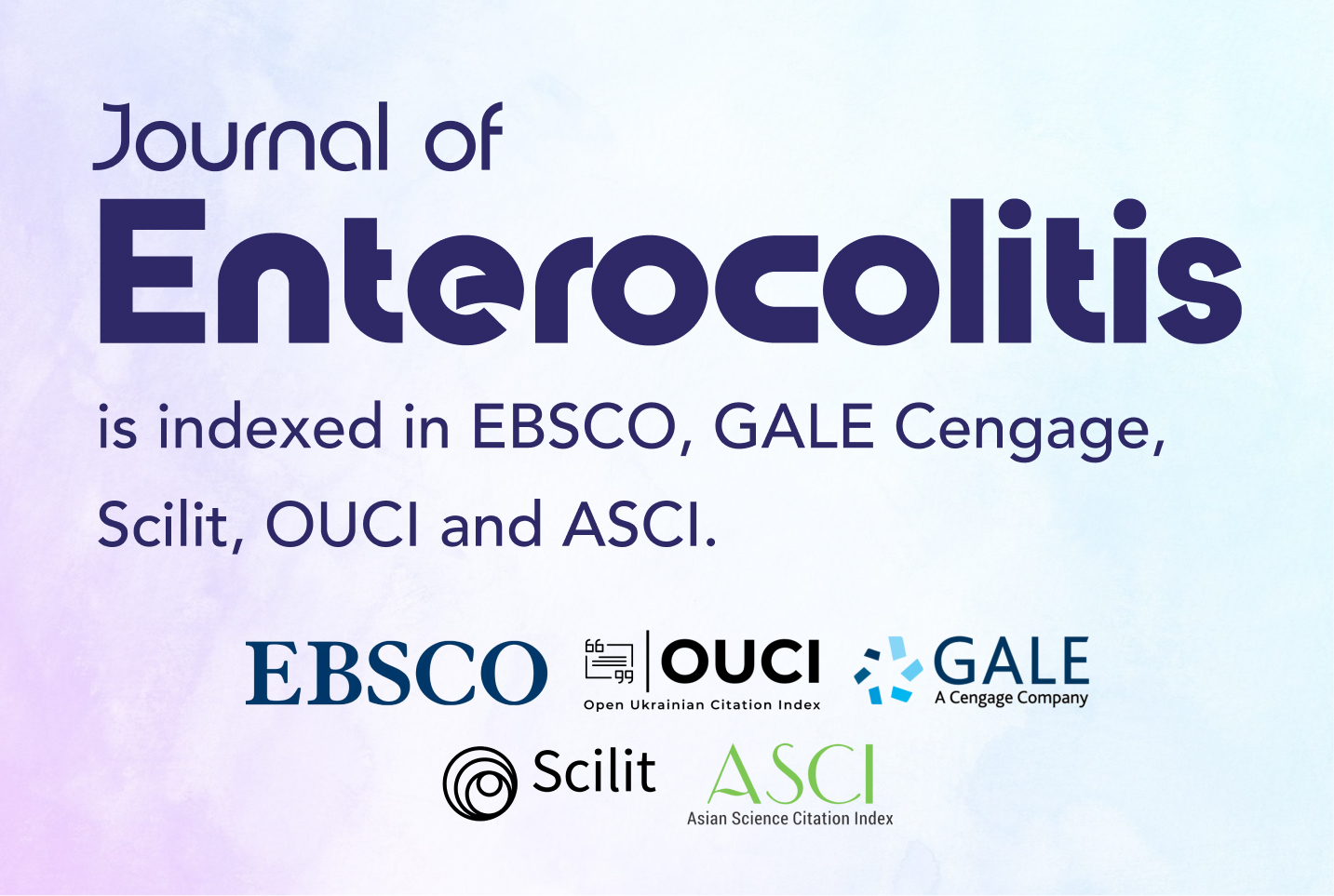
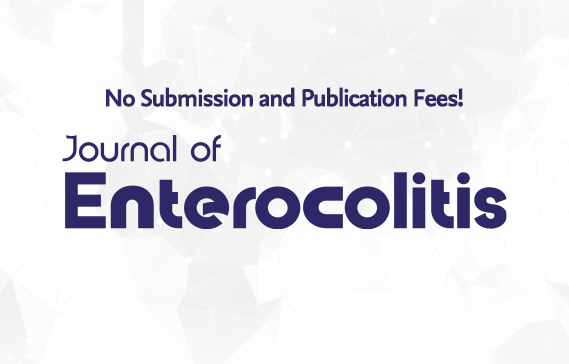
 Oğuz Kağan Bakkaloğlu1
Oğuz Kağan Bakkaloğlu1 






